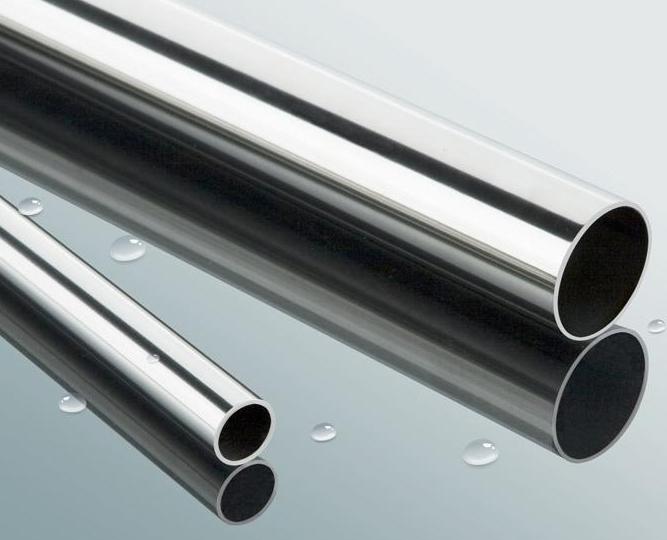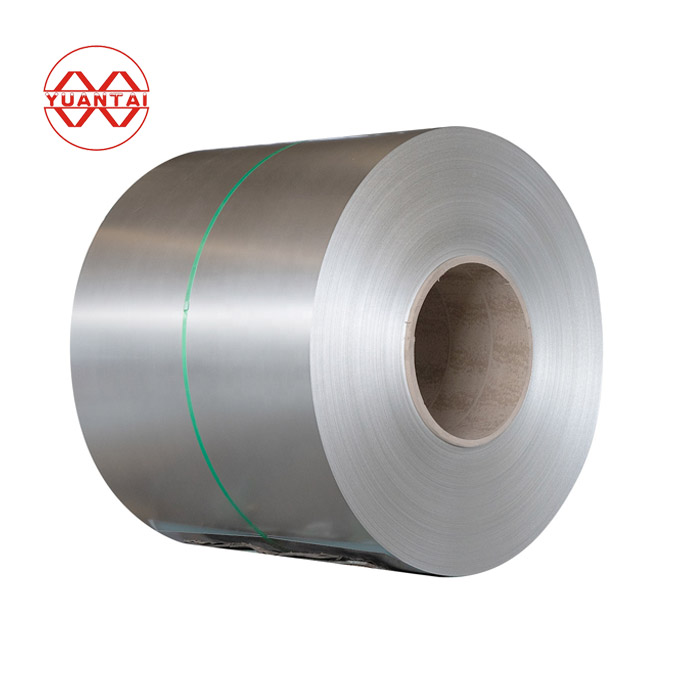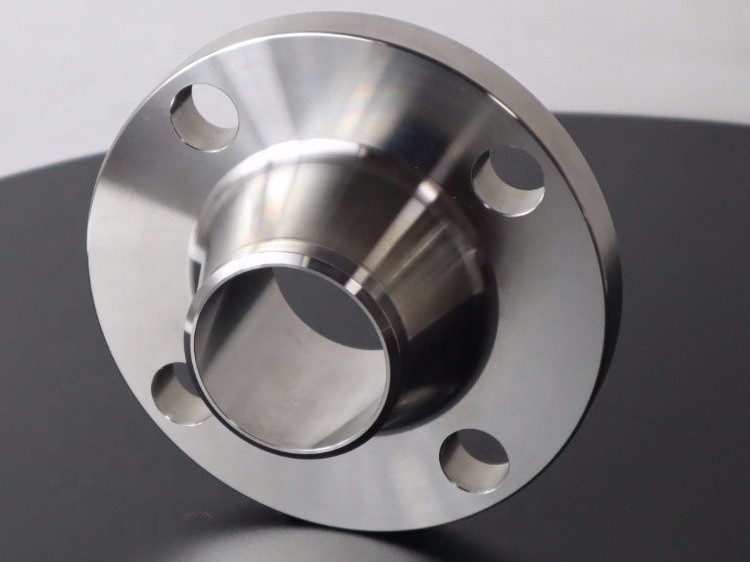A benchmark for stainless steel pipes, JIS G3459 identifies the materials and construction techniques needed to manufacture austenitic and austenitic-ferritic dual-steel pipes with excellent corrosion resistance and durability at high pressure.
In the modern age of high-powered industry and cutting-edge production technology, the range of application for stainless steel pipes have expanded greatly, as has the range of types available. To meet the needs of this ever-evolving field, the JIS G3459 has been formulated.
From petroleum and chemical plants to medical establishments and food services, JIS G3459 stainless steel pipes are a go-to option for countless organizations as these components are able to withstand high and low temperatures, combat corrosion, and promote efficient power and boiler operations. Not only has this type of piping been integral to industries such as shipbuilding and nuclear power, but in many other areas it has proven itself as an irreplaceable component.
The JIS G3459 standard outlines regulations for the manufacturing, heat treatment, and inspection of austenitic stainless steel pipes and dual-type austenitic-ferritic stainless steel pipes. It designs material number, dimensions, shapes, weight, and other pertinent information.
JIS G3459 dictates specifications for austenitic and duplex stainless steel pipes with the capability to endure a maximum pressure of 1000 kPa as well as a maximum temperature of 500℃.
JIS G3459 stainless steel pipes are categorized into two types which are identified by their respective material numbers.
Metallurgists have classified four types of TP grade metals that include TP304, TP304L, TP316, TP316L, and TP321 as Type S and three others including TP310S, TP347, and TP347H as Type G.
The JIS G3459 stainless steel pipes must adhere to a specific chemical makeup; the particulars of which can be found in the below table.
Mass Proportions of Grade C Si Mn P S Cr Ni Mo and Other Elements in TP304 and TP304L % – TP304: 0.08 2.0 0 0.045 0.03 18.0-20.0 8.0-10.0 N/A – TP304L: 0.035 2.0 0 0.045 0.03 18.0-20.0 8.0-10.0 N/A
TP316 features a 0.08 2.0 composition, without a spectrographic existence of 0.045 0.03; this alloy sports a 16.0-18.0 range for a 10.0-14.0 spread, and comprises 2.0-3.0 of zero percent additives or impurities.
TP316L possesses a chemical composition of 0.035 – 0.045 percent for carbon, 0.03 for manganese, 16.0-18.0 for chromium, 10.0-14.0 for nickel, and 2.0-3.0 for molybdenum.
TP321, comprised of 0.08 and 2.0 components, contains no other elements apart from a 0.045 inclusion of 0.03 and lies in the range between 17.0 and 19.0 with respect to 9.0-12.0 Ti percentages on the 5xC scale.
A blend of TP347 alloy with zinc concentrations of 0.08% and chromium of 2.0%, together with less than 0.045% maximum carbon and 0.3% maximum silicon, is crafted within a range of nickel content from 17.0 – 19.0%. The admixture also has a manganese atom concentration between 9.0 – 13.0%, and an added element of niobium, which constitutes up to 10 times the amount of carbon present in the amalgamation.
With a thicknes of 0.08, an element 2.0, and a content of Nb plus Ta in the range of 10 times the Carbon percentage, the TP347H exhibits properties that range from 0.045 to 0.03 in terms of tensile strength, 17.0 to 19.0 in terms of ultimate tensile strength, and 9.0 to 13.0 in terms of elongation at break.
With a composition of 0.08% Carbon, 2.0% Silicon, 0.045% phosphorous, and 0.03% Sulphur, Grade C of TP310S contains a range of 24.0-26.0% chromium and 19.0-22.0% Nickel, with a selection of additional components forming its makeup.
JIS G3459 stainless steel pipes must be fabricated using one of the following procedures:
A variety of piping methods exist, each designed for specific tasks and conditions. Seamless pipes, when formed from one piece of material, provide the highest degree of durability and reliability. Welded pipes use two or more pieces of material to secure a joint, while hot and cold finished treatments for both welding and seamless pipe ensure peak performance. The extruding and drawing techniques also create durable pipes in various shapes and sizes. Collectively, these methods provide many choices for achieving efficient and high-quality results.
The manufacturing of both seamless and welded pipes can be done via either hot or cold working techniques.
Seamless pipes must go through a process of heat treatment before they are classified into either hot-finished or cold-finished pipes.
All welded pipes, whether hot-finished or cold-finished, must be produced through heat treatment processes.
Through a process of hot-working or cold-working, tubes created via extrusion and drawn processes can be fashioned.
With consent from both the manufacturer and consumer, alternative approaches will be developed.
To make JIS G3459 stainless steel pipes more suitable for their intended use, the cold working effects present within them need to be eliminated, and any embedded carbides have to be dissolved. This necessitates a comprehensive heat treatment process.
Heat treatment can be achieved by leveraging one of the following approaches:
Treatment Solutions and Stress Relief
Post time: 2023-06-23
Related Product

38BA clean pipe ss304 stainless steel pipe ferrule connection stainless steel pipe
Product name 3/8 “BA clean pipe ss304 stainless steel pipe ferrule connection biopharmaceutical fluid delivery Classification BA clean pipe/EP super clean pipe Product Desc […]

stainless steel Straight Tee
Stainless steel tees are pipe fittings and pipe connectors. It is used at the branch pipe of main pipe. Stainless steel tees can be divided into equal diameter tees and reducing te […]

Stainless Steel Capillary Pipe Tube
304 stainless steel capillary tube 316L precision seamless tube manufacturer of ultra small caliber thin-walled tube for medical instruments texture of material:304、316 Spec […]

Stainless steel 90 ° elbow
In a piping system, an elbow is a fitting that changes the direction of a run. Product introduction The 90 ° stainless steel elbow is composed of fabric reinforced stainless steel […]

Billet 420 round steel 3.0-300mm 420 stainless steel bar good straightness quenching and tempering treatment
Billet 420 round steel 3.0-300mm 420 stainless steel rod straightness is good Quenching and tempering treatment 2Cr13 stainless steel has high hardness and good corrosion resistanc […]

Stainless steel grooved pipe Stainless steel special-shaped pipe
The stainless steel grooved pipe is a kind of stainless steel profiled pipe. The stainless steel profiled pipe is the general name of the steel pipes of other cross section […]

Stainless steel coil 316L 304 201 310S stainless steel cold rolled coil wiredrawing film
Thickness specification of stainless steel strip – table (full page length and width can be customized by zero cutting) 0.05mm 0.1mm 0.15mm 0.2mm 0.3mm 0.4mm 0.5mm 0.8 […]

Stainless steel square tube
Stainless steel 201 304 square tube, durable, stainless steel square tube for building decoration Stainless steel square tube is a kind of hollow long steel, because the sec […]

Stainless steel flange
Stainless steel flange Stainless steel flange is mainly used for pipe connection in pipeline engineering. INTRODUCTION Stainless steel flange is mainly used for pipe connect […]
